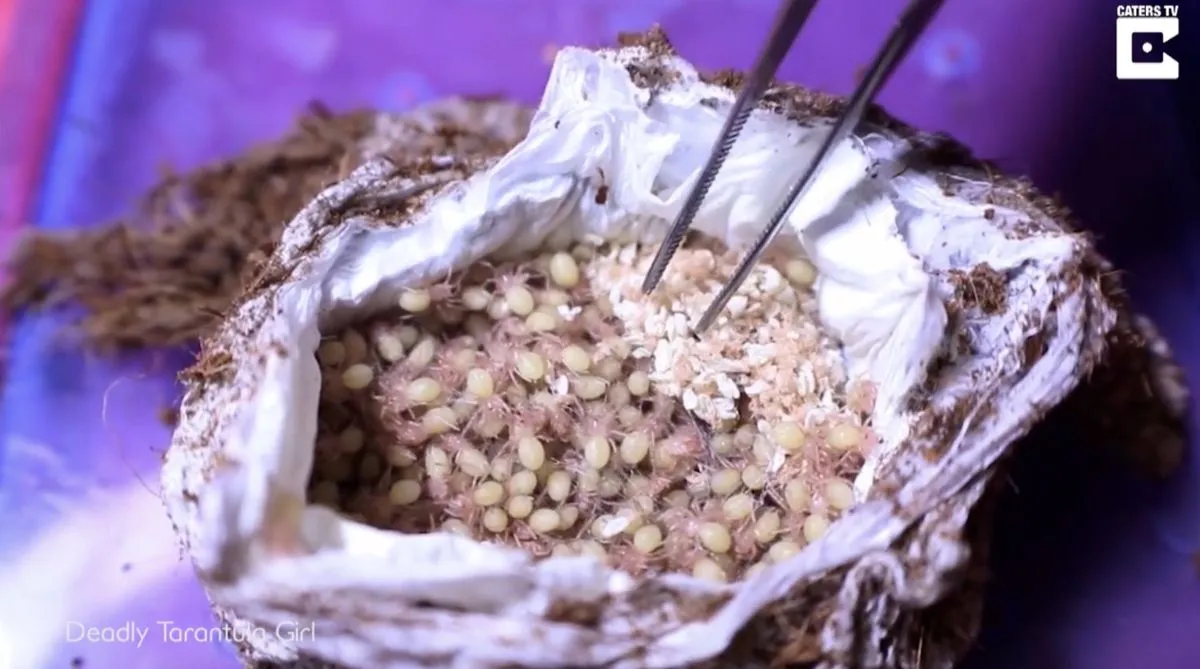Understanding Tarantula Egg Sacs
Caring for a tarantula egg sack is a rewarding but delicate process. Understanding the basics is crucial for successful hatching and the survival of the spiderlings. This guide reveals the secrets to providing the best possible care for your tarantula’s eggs, increasing the chances of a healthy brood. From recognizing a healthy egg sack to providing the optimal environment for the developing embryos, this information is essential for any tarantula keeper looking to breed their spiders.
The Biology of a Tarantula Egg Sack
A tarantula egg sack, also known as an ootheca, is a silken structure created by the female tarantula to protect her eggs. The female meticulously weaves the silk, encasing the eggs within a protective barrier. The egg sack serves to shield the developing embryos from environmental hazards such as predators, desiccation, and temperature fluctuations. Understanding the biology of the egg sack helps in providing the right environment for the eggs to thrive. The size, shape, and silk density of the egg sack can vary depending on the species of tarantula and the number of eggs.
The Formation Process
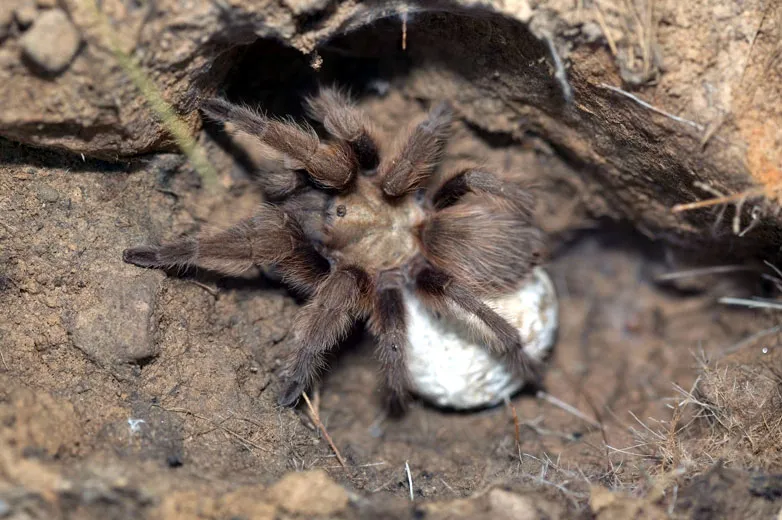
The formation process of the egg sack is a fascinating display of arachnid behavior. After mating, the female tarantula will lay her eggs, which are then carefully collected and spun into a silken structure. The silk is produced by the spinnerets located at the end of the tarantula’s abdomen. The female will continuously rotate and manipulate the egg sack to ensure even distribution of the eggs and proper ventilation. The entire process can take several hours, and the female will diligently guard the egg sack until it is ready to hatch.
Recognizing a Healthy Egg Sack
Identifying a healthy egg sack is a critical first step. A healthy egg sack is typically round or slightly oval, with a firm but yielding texture. The silk should be clean and free of any discoloration or mold. Avoid touching the egg sack unnecessarily. Inspect the egg sack carefully to make sure no damage. Check for any signs of damage, such as tears or holes, as these can compromise the eggs. A healthy egg sack is usually a good indicator of a successful incubation process. A discolored or malformed egg sack may suggest problems, so it’s important to be vigilant.
Optimal Conditions for Incubation
Creating the right environment is key to successful tarantula egg sack care. Temperature, humidity, and ventilation play a crucial role in the development of the spiderlings. Providing a stable and controlled environment mimics the natural conditions in which tarantulas thrive. This includes maintaining the appropriate temperature range, humidity levels, and air circulation. Careful attention to these factors significantly increases the chances of a successful hatch. Maintaining the right balance is essential to avoid issues such as mold growth or the drying out of the eggs.
Temperature and Humidity Control

Temperature and humidity are the most crucial factors. Most tarantula species thrive in temperatures between 75-85°F (24-29°C). Maintaining a consistent temperature is essential, avoiding fluctuations that can harm the developing embryos. Humidity levels should be monitored and maintained according to the specific species. The easiest way to control humidity is to maintain good ventilation and mist the enclosure with distilled water, depending on the species requirements. Use a hygrometer to measure humidity levels accurately. The appropriate range varies with species but is generally between 60-80%.
Ventilation and Airflow
Proper ventilation is vital to prevent mold and ensure the eggs receive sufficient oxygen. The enclosure should have adequate airflow to prevent stagnant air, which can promote the growth of harmful fungi. Ensure the enclosure has ventilation holes or a mesh lid. Avoid placing the egg sack in an area with excessive drafts. Good ventilation helps regulate humidity and temperature, creating a healthy environment for the egg sack. Monitor the enclosure for any signs of condensation, which may indicate inadequate airflow.
Substrate and Enclosure Setup
The substrate in the enclosure should be appropriate for the tarantula species. It should also be clean, non-toxic, and capable of retaining moisture. A mixture of coco fiber, peat moss, or vermiculite is common, providing a suitable base for the egg sack. Consider the size of the enclosure based on the tarantula. Avoid overcrowding to ensure adequate ventilation and space for the spiderlings. The enclosure should be placed in a stable, safe location away from direct sunlight and extreme temperatures. The setup must be designed to mimic the tarantula’s natural habitat.
Monitoring and Maintenance

Regular monitoring and maintenance are essential to ensure the health of the egg sack. This includes periodic inspections, humidity checks, and temperature adjustments. A proactive approach can help identify and address any potential issues early on, increasing the chances of a successful hatch. Consistent maintenance not only protects the egg sack but also provides valuable insights into the overall health and well-being of the tarantula. Set up a routine and stick to it to minimize potential issues and ensure the best environment.
Regular Inspection and Observation
Regularly inspect the egg sack for any changes in appearance, such as discoloration or mold growth. Observe the female tarantula’s behavior. Is she guarding the egg sack diligently? Look for any signs of stress or unusual behavior that might indicate a problem. It is crucial to avoid excessive handling of the egg sack, which could potentially damage it. Gently monitor the environment, recording temperature and humidity levels. Regular observation helps catch issues early, allowing you to take corrective measures promptly. This also helps you understand the development process.
Dealing with Mold and Fungus
Mold and fungus are common threats to tarantula egg sacks, especially in humid environments. Prevention is key, so ensure proper ventilation and avoid over-watering the enclosure. If mold is detected, carefully remove the affected area, if possible. Consider increasing ventilation and reducing humidity. If the mold is severe, consult with experienced breeders or a veterinarian specializing in arachnids. In some cases, the egg sack may need to be removed and treated. Act fast as mold can rapidly spread and harm the eggs. Prevention is better than cure, so regularly monitor the enclosure for any signs of mold growth.
Handling and Manipulation
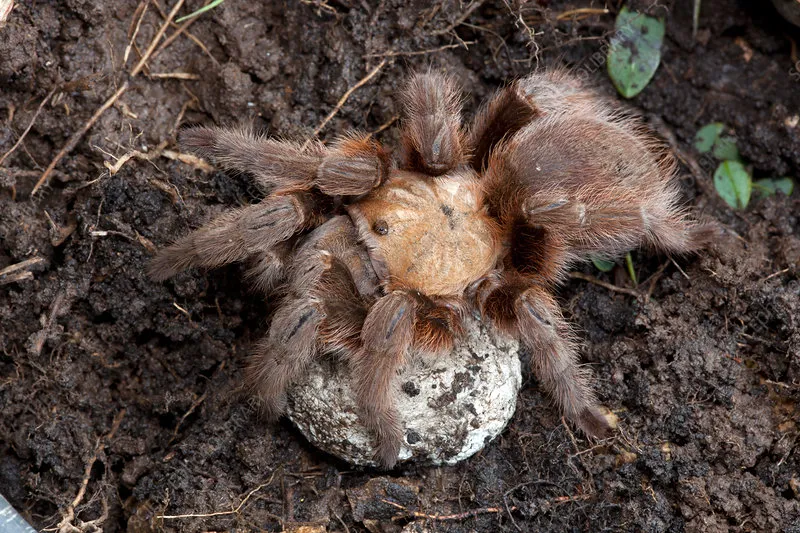
Handling an egg sack should be kept to a minimum to avoid damage. If you need to move or manipulate the egg sack, do so with extreme care. Use a soft brush or forceps to gently handle the egg sack, avoiding any pressure or squeezing. Ensure your hands are clean to prevent the introduction of any contaminants. When handling, make sure the enclosure is prepared beforehand to reduce the time the egg sack is exposed. Minimize handling to reduce the risk of damaging the delicate eggs. Handle the egg sack over a soft surface in case you accidentally drop it. Handle only if necessary.
Caring for the Spiderlings After Hatching
Once the spiderlings hatch, providing proper care becomes crucial for their survival. This includes providing appropriate nutrition, housing, and a safe environment. The spiderlings, or slings, are extremely vulnerable and require careful attention to ensure they thrive. Proper care during this critical stage determines their future health and development. The early care provided can determine their ability to thrive.
Providing Initial Nutrition and Care
Newly hatched spiderlings typically require a food source as soon as they hatch or after their first molt. Provide appropriately sized prey items, such as fruit flies or pinhead crickets, based on the size of the slings. Ensure the prey is gut-loaded with nutritious food to provide the spiderlings with essential nutrients. Offer fresh water in a shallow dish or provide moisture via misting. Maintain the appropriate temperature and humidity levels. Watch for any signs of cannibalism, especially in species known to be aggressive. Offer a variety of food to make sure they are eating well.
Housing and Separation of Spiderlings
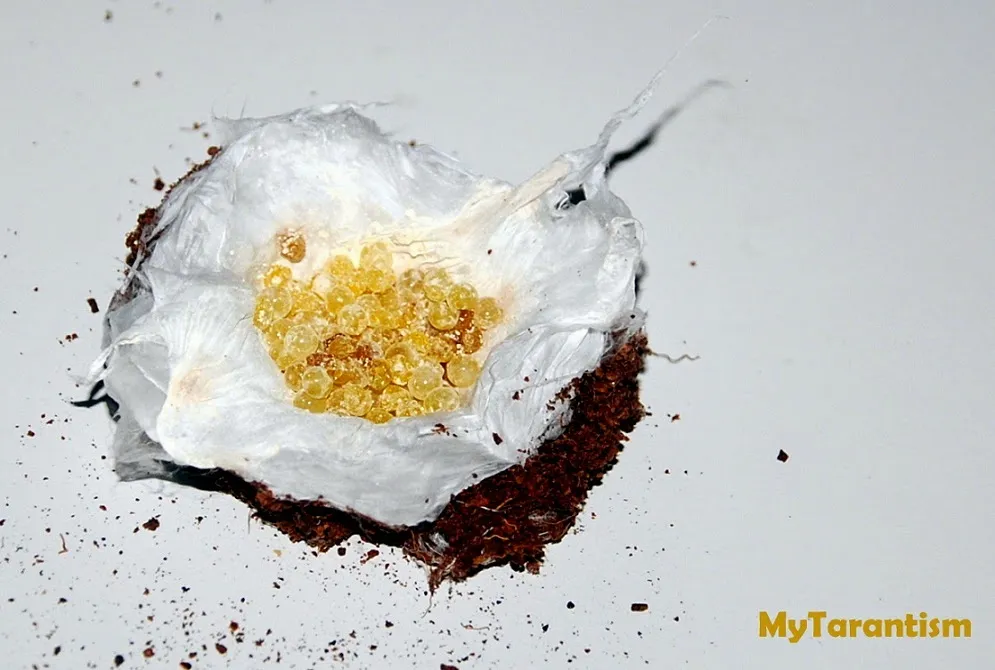
Spiderlings should ideally be housed separately to prevent cannibalism, especially with species that exhibit aggression. Provide small, individual enclosures with appropriate substrate, a water source, and a hiding place. Use small deli cups or vials. Ensure the enclosures are escape-proof and have adequate ventilation. As the spiderlings grow, you will need to increase the size of their enclosures. This will prevent overcrowding, which causes stress and cannibalism. Monitor the spiderlings carefully for any signs of molting, providing a safe environment.
Common Challenges and Solutions
Even with the best care, various challenges can arise during tarantula egg sack care. Understanding these challenges and knowing how to address them is vital for a successful outcome. Common problems include egg sack failure, spiderling mortality, and health-related issues. Being prepared to deal with these challenges can increase the likelihood of raising healthy spiderlings. Having a plan is also important.
Egg Sack Failure and Prevention
Egg sack failure can be caused by various factors, including improper environmental conditions, poor female health, or genetic issues. Preventing egg sack failure requires meticulous attention to detail and a proactive approach. Maintaining optimal temperature, humidity, and ventilation is paramount. Ensure the female tarantula is healthy and well-fed before breeding. Monitor the egg sack regularly for any signs of problems, such as discoloration or mold. If an egg sack fails, remove it from the enclosure to prevent the spread of mold or other issues. Consider the causes of the failure to improve your methods.
Spiderling Mortality and Management
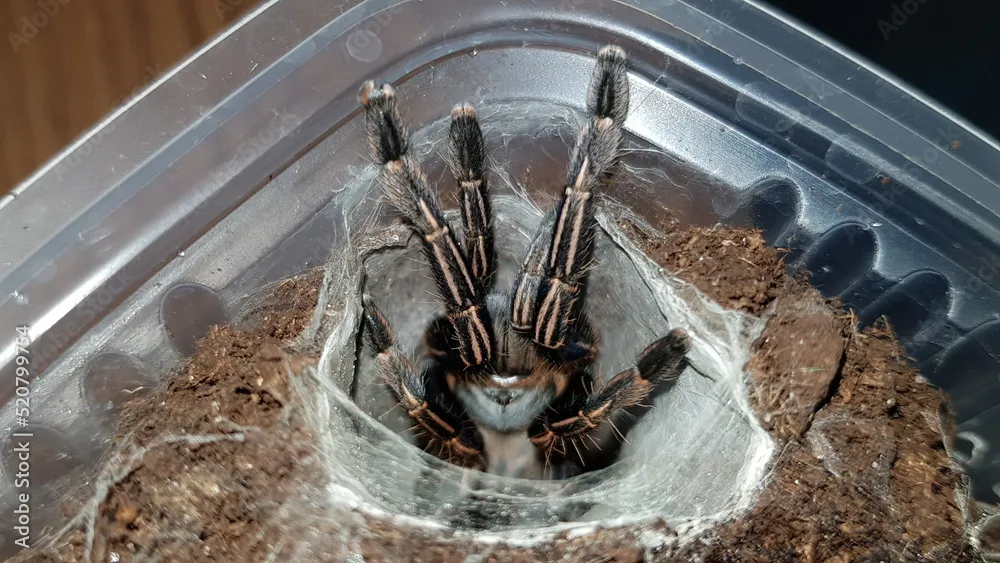
Spiderling mortality is a common issue, particularly in the early stages of their development. High mortality rates can be attributed to several factors, including improper housing, inadequate feeding, and environmental stress. To minimize mortality, provide appropriate-sized prey, maintain a clean and stable environment, and isolate spiderlings to prevent cannibalism. Careful monitoring for any signs of illness or stress can help you take corrective actions promptly. Regular observation of the spiderlings’ behavior and health is important. Proper management can significantly increase the survival rate of your spiderlings.
Conclusion
Caring for a tarantula egg sack is a rewarding experience. Providing the proper environment, consistent monitoring, and diligent care can greatly increase the chances of a successful hatch and healthy spiderlings. Understanding the biology, maintaining the right conditions, and being prepared for potential challenges are critical. This guide provides a comprehensive overview of tarantula egg sack care. Embrace the knowledge, and enjoy the journey of raising these fascinating creatures. Through careful care, you can contribute to the continued preservation and appreciation of these remarkable arachnids.
